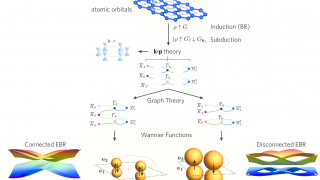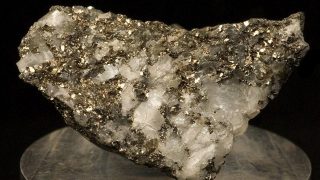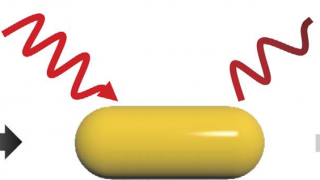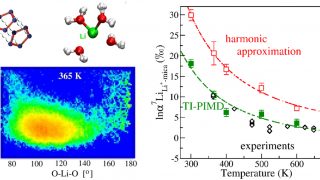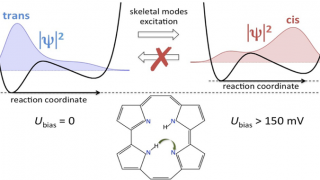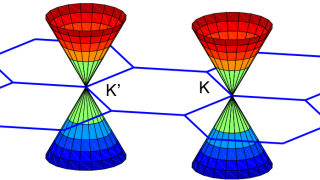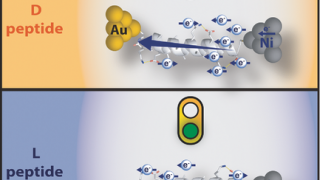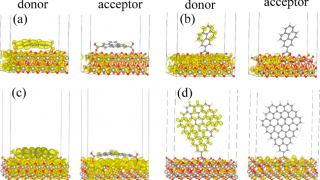
Strong donor-acceptor coupling does not require covalent bonding
Interfacial electron transfer constitutes the key step in the conversion of solar energy into electricity and fuels. Required for fast and efficient charge separation, strong donor−acceptor interaction is typically achieved through covalent chemical bonding…or not. Experiences with donor−acceptor molecular diads and triads, conjugated polymers, and DNA, leads to the expectation that a covalent bonding is […]
